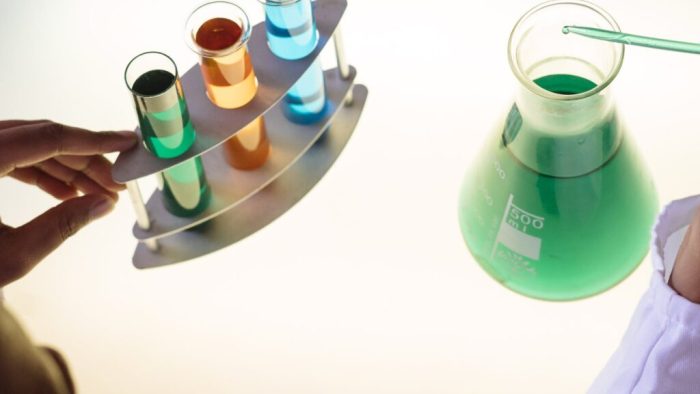Match each description with the correct organelle. Embark on an engaging journey through the intricate world of cellular biology as we explore the functions and characteristics of these essential cellular components. This interactive exercise will not only test your knowledge but also deepen your understanding of the fundamental building blocks of life.
Prepare to delve into a comprehensive list of organelle descriptions, each meticulously crafted to provide clarity and scientific accuracy. Discover the intricate functions of these organelles, unraveling their contributions to cell structure and function. Engage in a thought-provoking matching exercise that challenges you to connect descriptions with their corresponding organelles.
Organelle Descriptions

Organelles are specialized structures found within cells that perform specific functions essential for cell survival and operation. Here is a comprehensive list of organelle descriptions:
Cell Membrane
The cell membrane is a thin, flexible barrier that surrounds the cell and regulates the passage of materials into and out of the cell.
Cytoplasm
The cytoplasm is the gel-like substance that fills the cell and contains all the organelles.
Nucleus
The nucleus is the control center of the cell and contains the cell’s genetic material (DNA).
Endoplasmic Reticulum (ER)
The endoplasmic reticulum is a network of membranes that folds and transports proteins.
Golgi Apparatus
The Golgi apparatus is a stack of flattened membranes that modifies and packages proteins for secretion.
Mitochondria, Match each description with the correct organelle.
Mitochondria are the powerhouses of the cell and generate energy through cellular respiration.
Ribosomes
Ribosomes are small structures that assemble proteins according to the instructions encoded in DNA.
Lysosomes
Lysosomes are membrane-bound organelles that contain digestive enzymes and break down waste materials.
Vacuoles
Vacuoles are membrane-bound organelles that store materials such as water, food, and waste.
Chloroplasts (Plant Cells Only)
Chloroplasts are organelles found in plant cells that contain chlorophyll and perform photosynthesis.
Helpful Answers: Match Each Description With The Correct Organelle.
What is the purpose of this matching exercise?
This exercise aims to reinforce your understanding of organelle functions and their corresponding structures.
How can I benefit from completing this exercise?
By successfully matching descriptions to organelles, you will solidify your knowledge of cell biology and gain a deeper appreciation for the intricate workings of cells.
What resources can I use to supplement my learning?
Refer to textbooks, scientific articles, or online resources to further explore the fascinating world of organelles and their functions.


